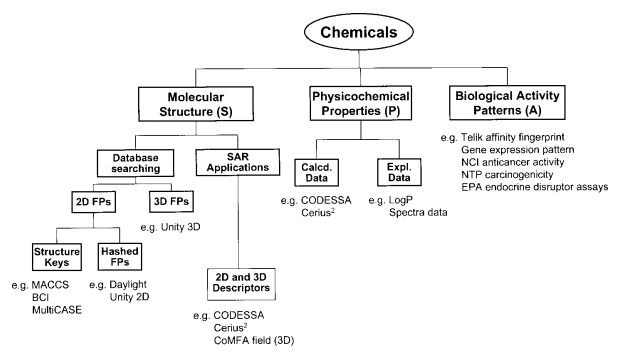Structure-Activity Relationship (SAR) Analysis
The structure-activity relationship (SAR) technology plays an increasingly significant role in handling large and ever-expanding data sources. SAR technology is widely applied, including: computer-aided design of virtual chemical libraries to explore molecular diversity for subsequent synthesis and screening; screening proprietary, commercial, and public databases to discover lead compounds; and mining gene expression data from microarray experiments for target identification. SAR analysis can detect functional groups that have biological effects on organisms. Functional groups promote the modification of bioactive compounds by altering their chemical structure. Chemists use advanced chemical synthesis techniques to introduce new chemical groups into biomedical compounds and test the effects of modifications on the biological functions of compounds. It can also be improved to establish mathematical relationships between chemical structures and biological activity, known as quantitative structure-activity relationship (QSAR). The basic assumption of SAR analysis is that similar molecules have the same functions. Therefore, the potential problem is how to define small differences at the molecular level, as each activity (such as reactivity, solubility, target activity) may also relate to another difference.

Three levels of methods for characterizing compounds
Statistical methods of SAR analysis
1. Multiple Linear Regression (MLR)
2. Principal Component Analysis
3. Artificial Neural Network (ANN)
4. Support Vector Machine (SVM)
Applications of data analysis results include
1. Deciphering SAR
2. Detailed Pharmacophore
3. Annotation of Key Activity Changes
4. Interpretation of SAR data
5. Effective 3D-QSAR Model
6. Actual Number of Compounds Screened
7. Molecular Optimization to Achieve Desired Activity and Suitable Functions
Welcome to consult!
Related Services
Principal Component Analysis (PCA)
Post-Translational Modification Proteome Analysis
Metabolomics
How to order?





